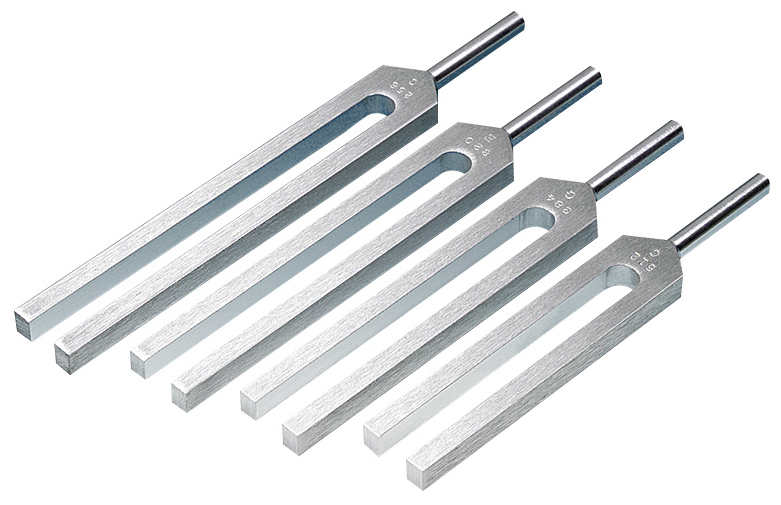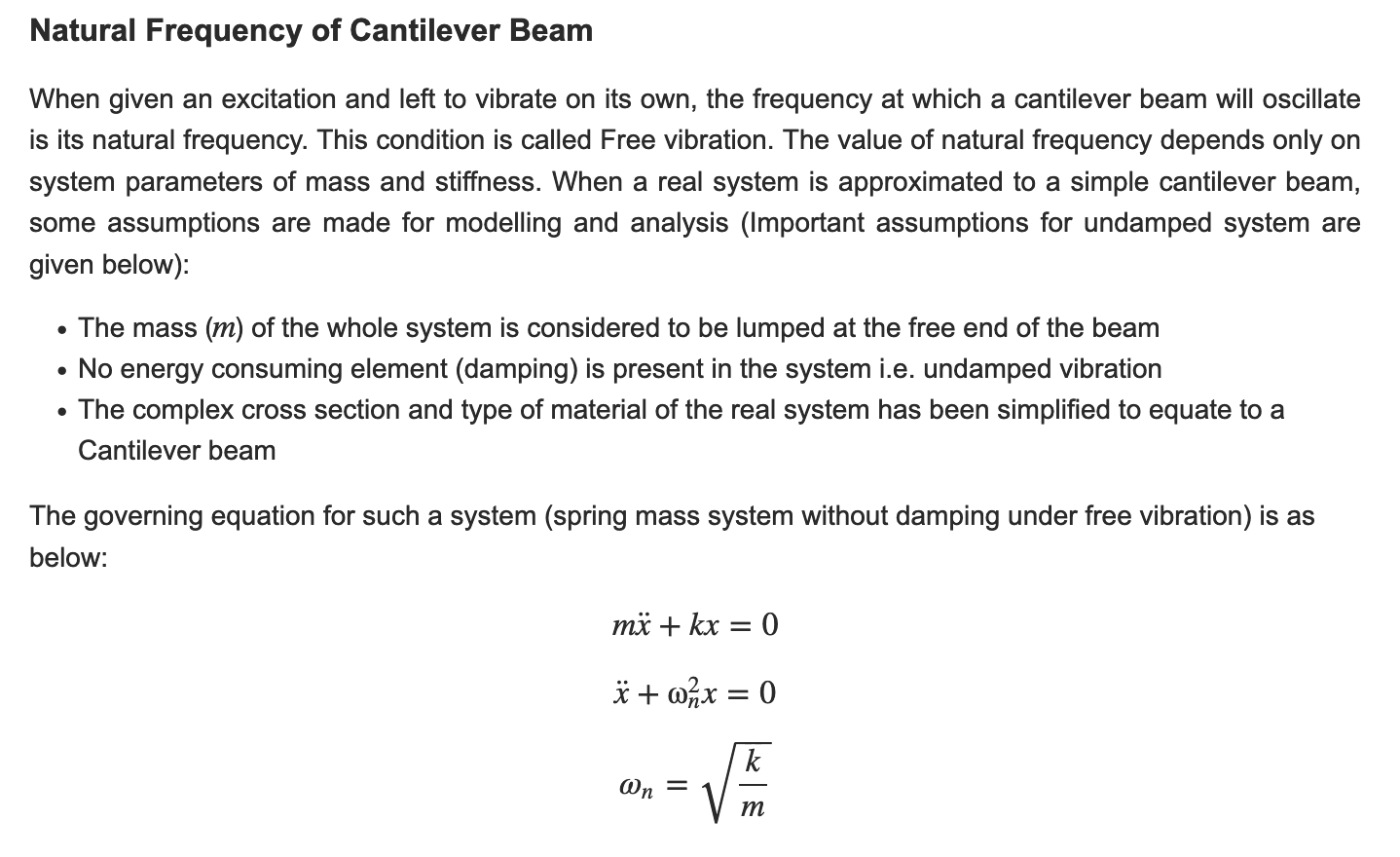Tuning Forks (funing torks!) is a Tuning Fork. You smack it and it goes “biiing!”

Let’s figure out how it works. For us to be one same page, let’s define some vocab:
Vocab
- “Tine”: one of the two prongs of the fork
A Cursory Explanation
Source: here and here. Both are not very scientific but a good first step.
From a very basic perspective, hiting a tuning fork creates a transverse wave on the tine you hit, which vibrates and then compresses the air around it in a longitudinal fashion at a set frequency, which we hear as a sound.
Ok but then this raises the question of why there’s two tines. The explanation this website gives is essentially that the actual mechanism of the Tuning Fork is in squishing the air immediately around the fork, so…
- if the tines are push towards together, it creates a void in the space it just was; this creates a low pressure rarefaction area
- if the tines snap back apart, it compresses the air creating compression by squishing the air around it
And therefore, the air around the funing tork is essentially being played like a two-way slingy. To adjust the pitch of the Tuning Fork, you lengthen or shorten it: longer tuning forks have larger tines, which vibrate more slowly.
Ok but now many, many questions
- why does smacking one side of the Tuning Fork make both sides vibrate
- presumably the base is not vibrating; hence, how does the downward-bendy vibration cause perpendicular oscillation (does it?)
A Detour on Rigid Body Harmonic Motion
Let’s talk about Bending.
- How does this relate to springs/slinkies? read this.
A Better Detour on Cantilever Beams
A Detour on the Temperature
We are really worried about two different things here.
- Metal expands/contracts based on the temperature
- Temperature affects speed of sound
A Detour on Material Science
Why are our Tuning Forks out of tune?
Fun, Relevant Factoids About the World
- The range of human hearing from a youngen is about 20Hz to 20,000Hz.
Look into
Young’s Modulus
- Density
- Second
overtones: six and a quarter; why?
prove the equations given in Rossing 1990
why do high frequencies die faster?
Why are they FORKS? What’s wrong with one prong

experiments to do in the end
- measuring in water
- measuring
questions to ask
- why no free vibrations just standing?
- do the various tuning fork modes compose
- what happened to the harmonics of the fundimental? I know the overotens are 6/14, but where did the harmonics go? do they compose?
- what if we did it in a vaccume? of course the tuning fork is not going to be heard, but will it keep vibrating forever?
- Nyquist limit (FFT is only accurate to half the sampling rate; 10000 hz sampling (default on logger pro) means max is 5000 Hz)
things
- we can use far field because the wavelength is much mucm much much larger than the seperation between the two tines; what is the wavelength? function of frequency and hertz
Questions for Mark
- cuw tuning forks’ freq is not the predicted freq of its shortest tine. urg how
- driven oscellation. how would it actually work?
last minute tuning forks
- easy explanation of FFT “wrapping around circle”
- backup slide on octahedral scress
- explain beta
- how to get wavelength from sinusoidal equation
- how does wavelength change with temp; how does our ear compensate?
- https://en.wikipedia.org/wiki/Residual_stress